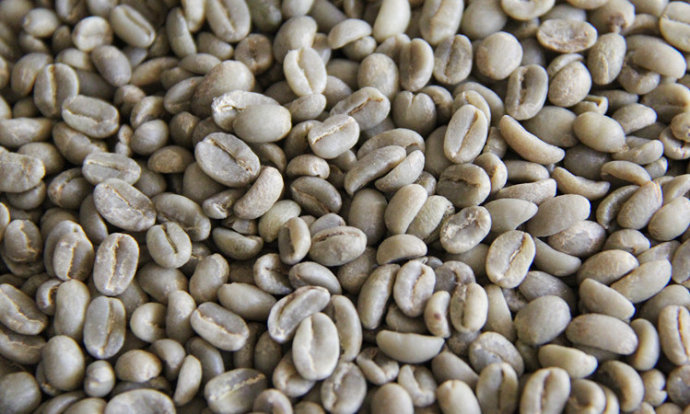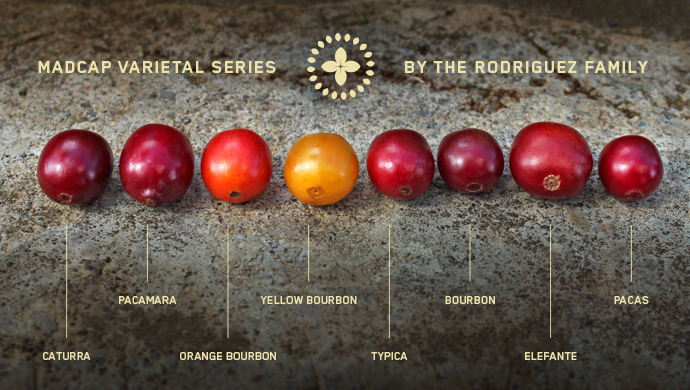World boutique coffee beans: Mantenin cream walnut flavor of Lake Toba Blue Lake in Sumatra
Sumatra Toba Lake Blue Batak replied: Lake Toba, Lake Mante.
Lake Toba Mantenin
In the name of the Batak Batak people who grow coffee beans on the banks of Lake Toba Lake in the north of Simenta, and the Blue because of the dark color of raw beans, Lake Toba Lake is the largest volcanic lake in the world, with a large hinterland, with an elevation of about 1550,1650 meters above sea level. most of the planting environment is covered and fertile. Giling Basah is a traditional elimination method unique to the coffee industry in Indonesia. Coffee production in this area is carried out by hand, from weeding and fertilization, picking ripe coffee peaches to peeling, waiting in the tide, soya beans are initially washed, soy beans are fermented after 10-12 hours, and then the fruit and floating matter are removed manually. After one to next day's exposure, the moisture content of raw beans is still 30% to 50%. That is, remove the drying before continuing the drying, so as to shorten the drying time of raw beans. After about 2 days of drying, the moisture content of raw coffee beans can be reduced to 12.13%. It is said that in the 1940s, the Japanese occupied the Arabica coffee, and a soldier was regarded as a heavenly man for the coffee he drank in the northern part of the country. and the poor people, what kind of coffee is this? However, because the words didn't make sense, Fang understood that he was a lot of people, and he answered that he was born in Mendai, but later he became a Mantai because of a mispronunciation, and he became a byword for coffee.
This batch of raw beans mainly comes from the Lintong Nihuta, Dolok Sanggul, and Onang Ganjang areas of Lake Toba. Coffee beans include Arabica's Catimos Katimo (Katimo), Java (Java) and Jember (Zhenbai). Java & Jember is a defective variety of Typica. Because the land is small and does not have much experience in farming, the main way of planting is opportunity. At first glance, the color of the coffee beans is very dark, but the baking depth can still be detected from the appearance of the beans. Because of the high moisture content, Mantou usually bakes at a medium depth, although the appearance of the beans is worse than that of the beans, but the taste of the preserved beans is also rich, and the quality products of Mantou are very good. But if it is soft or sweet and sour with a slightly fruity taste, it is easier for people to accept. The taste provided by raw bean merchants is sweet grass, cinnamon spices, orange grapefruit peel flavor, full-bodied sweetness, and cream walnut chocolate. at this point, the real characteristics show these flavors at different depths, and the taste of orange grapefruit peel is thicker than that of Mid-Autumn Festival grapefruit, and the specific gravity of cream walnut chocolate will change with the deepening of baking.
Source:
Gieson's own baked blog
Important Notice :
前街咖啡 FrontStreet Coffee has moved to new addredd:
FrontStreet Coffee Address: 315,Donghua East Road,GuangZhou
Tel:020 38364473
- Prev

World Fine Coffee Bean: African Bean Wash Ye Jia Xue Fei Ke Chi G2 Flavor Clean Sweet
There are eight main coffee producing areas in Ethiopia: Nekempte(Lekempti) Gimbi Kimbi, Limu Limu, Illubabor Ibedo, Djimma, Harrar Harrar, Teppi/Bebeka, Sidamo Sidamo, Yirgacheffe, among which the more famous fine coffee producing areas are Nekempte(Lekempti), Limu, Harrar, Sidamo, Yi
- Next

World boutique coffee beans: Guardiola GUATEMALA Vivetna fruit has a balanced flavor
Original name: Guatemala Huehuetenango Limonar SHB country: Guardia Guatemala production: Huehuetenango name: Lemona Grade: SHB raw beans processing method: wash and leaven, the latter part of the natural dry build baking degree: medium 1 High Raost, medium roasted SB- City Raost dry fragrance Fragrance fragrance Aroma: fruity
Related
- Guji coffee producing area of Guji, Ethiopia: Humbela, Shakiso, Wulaga
- What is the most expensive variety of Qiloso in BOP multi-variety group?
- How to store the coffee beans bought home?
- Why are Yemeni coffee beans so rare now?
- Ethiopian Sidamo all Red Fruit Sun Sun Santa Vini Coffee beans
- SOE is mostly sour? What does it mean? Is it a single bean? what's the difference between it and Italian blending?
- Is Italian coffee beans suitable for making hand-brewed coffee?
- How to choose coffee beans when making cold coffee? What kind of coffee beans are suitable for making cold coffee?
- Just entered the pit to make coffee, what kind of coffee beans should be chosen?
- Can only Japan buy real Blue Mountain Coffee? What are authentic Jamaican Blue Mountain coffee beans?

